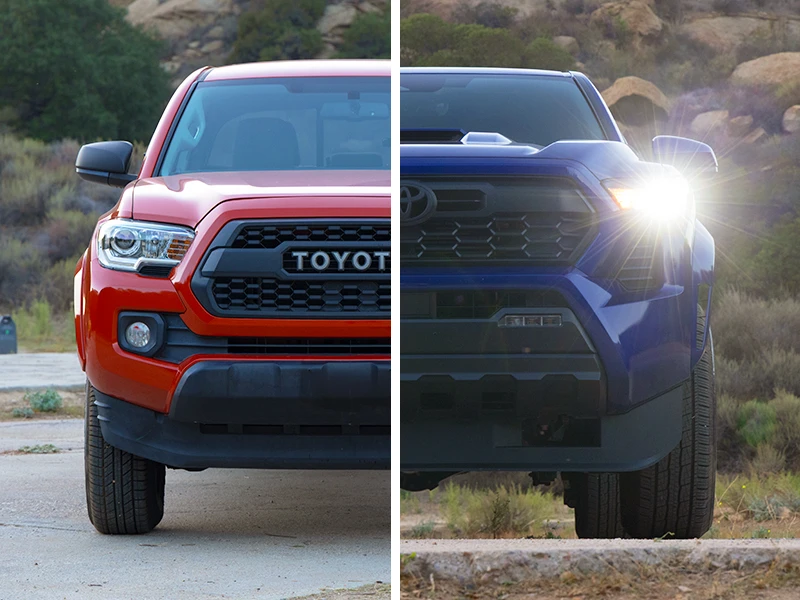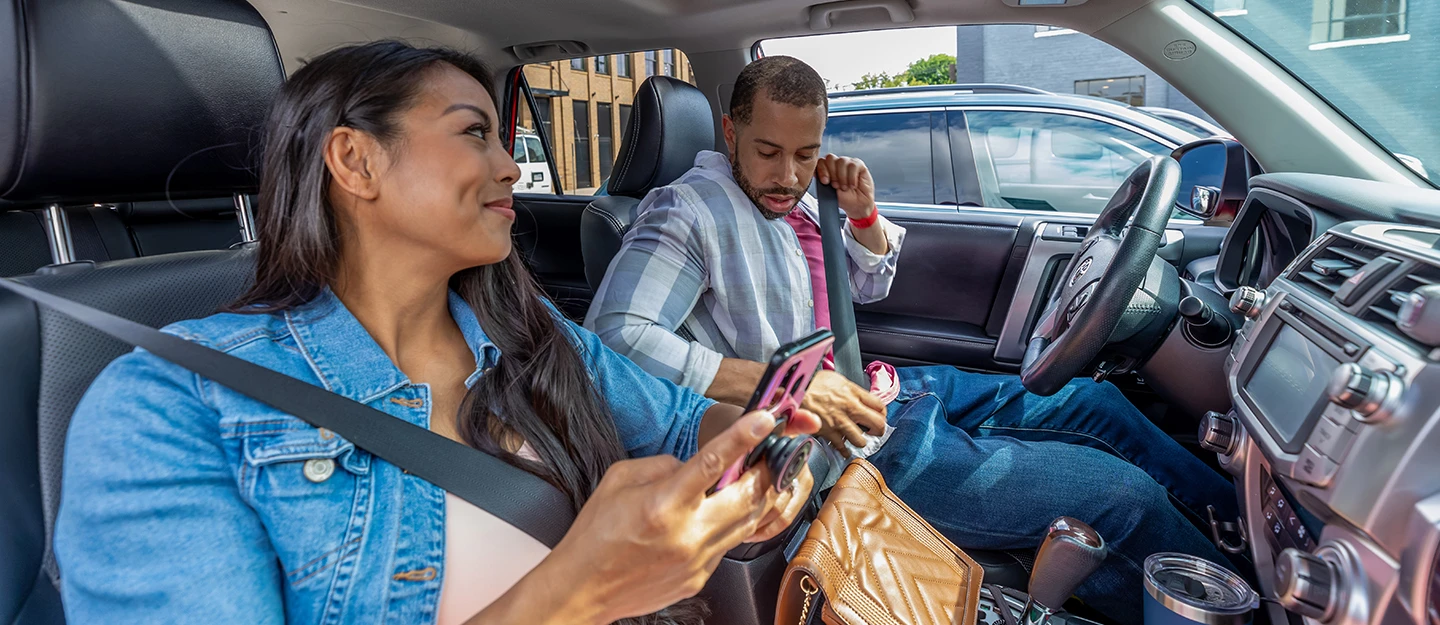
What ratings can mean for used-car shoppers.
With thousands of vehicles in our inventory, we’re here to help make car research easier for you. We’ve partnered with car-review experts from Edmunds to weigh in on what matters most when you’re looking to buy a truck or car.
***
It's no secret that cars have gotten safer for their passengers since the days when seat belts were optional. The introduction of crash testing helped change the way automakers build cars, and as cars have changed through each new generation, the approach to testing and evaluating them has changed too.
But what happens to older cars when new tests are introduced? Unlike mileage, which is relatively easy to evaluate, safety ratings are more complicated. When you're shopping for a used car, you may not realize that the model year of a car can impact what testing it's received. That means different information, like how a car performed on tests that include child-size dummies in the rear seat, may or may not be available depending on the year a car you're considering was built.
In this article we'll talk through what's changed with new car safety ratings in the last decade and what that can mean for you when you're shopping for a used car.
Who crash tests cars?
In the U.S. there are two sources of car crash safety test information. One is the National Highway Traffic Safety Administration (NHTSA, pronounced “nits-uh”), a government agency that has been performing car crash tests on new cars since 1978. NHTSA currently uses a five-star rating system for its tests, which is relatively straightforward to read: More stars equals a better result.
The second is the Insurance Institute for Highway Safety, or IIHS. The IIHS is a nonprofit organization primarily funded by major insurance providers. It has two grading scales, depending on the type of test it's performing. For the new car crash tests, as well as a few other evaluations which we'll explain later, it grades results as Good, Acceptable, Marginal, and Poor, with Good being the best possible rating. For certain technology features, the IIHS grades them Superior, Advanced, Basic, or simply no credit, with Superior being the best.
In this article, we'll primarily focus on changes to IIHS testing since the IIHS has been aggressive about updating its tests and awards.
IIHS test changes
The Insurance Institute for Highway Safety began its new car crash safety testing program in 1995 with the moderate overlap front test, designed to complement NHTSA's front crash test. In the last decade, the IIHS has frequently updated its tests and awards. Not all of these updates are purely related to crash testing either. Collision mitigation technology, headlights, and even how easy it is to use child seat anchors are all tested by the IIHS.
So how have IIHS tests changed, and what do these new tests mean for you?
Generations and model years
If you've been researching used cars, you may be familiar with the idea of vehicle generations. Basically, every few years a car is redesigned. It gets a new look and design, new technology and features, and sometimes even new engines and transmissions. The difference from one generation to the next can sometimes be like comparing two entirely different models.
During the course of a single generation, automakers only sometimes change things about a car that would impact its performance in crash tests. That means that the results of a new test can often be applied to all the previous model years of a generation—if, and only if, the automaker hasn't made any changes that would affect the car's performance.
For example, the first-generation Honda HR-V was sold from 2016 to 2022, but Honda updated parts of the vehicle in 2019 to improve its performance on the driver-side small overlap front crash test. That means the first-generation HR-V received a Good score for 2019-2022 models and an Acceptable score for 2016-2018 models even though the vehicle wasn't fully redesigned.
In its full test results, the IIHS will note when the generation it tested was introduced. It'll also note if a manufacturer made changes that impact a car's performance and when those changes were made. The report also notes additional or optional features that are available in other vehicle trims.
As you read about new and updated tests, remember that the year a test was introduced doesn't indicate what model years it applies to. Cars built before a test was introduced may still have results for that newer test—it all depends on when the generation that was tested launched and whether any important changes were made. That’s because when the IIHS performs a new test on a new car, it knows it can apply the results backward up to the last time that car was redesigned assuming no changes have been made that would impact its crashworthiness.
IIHS timeline
2012: Driver-side small overlap front test introduced.
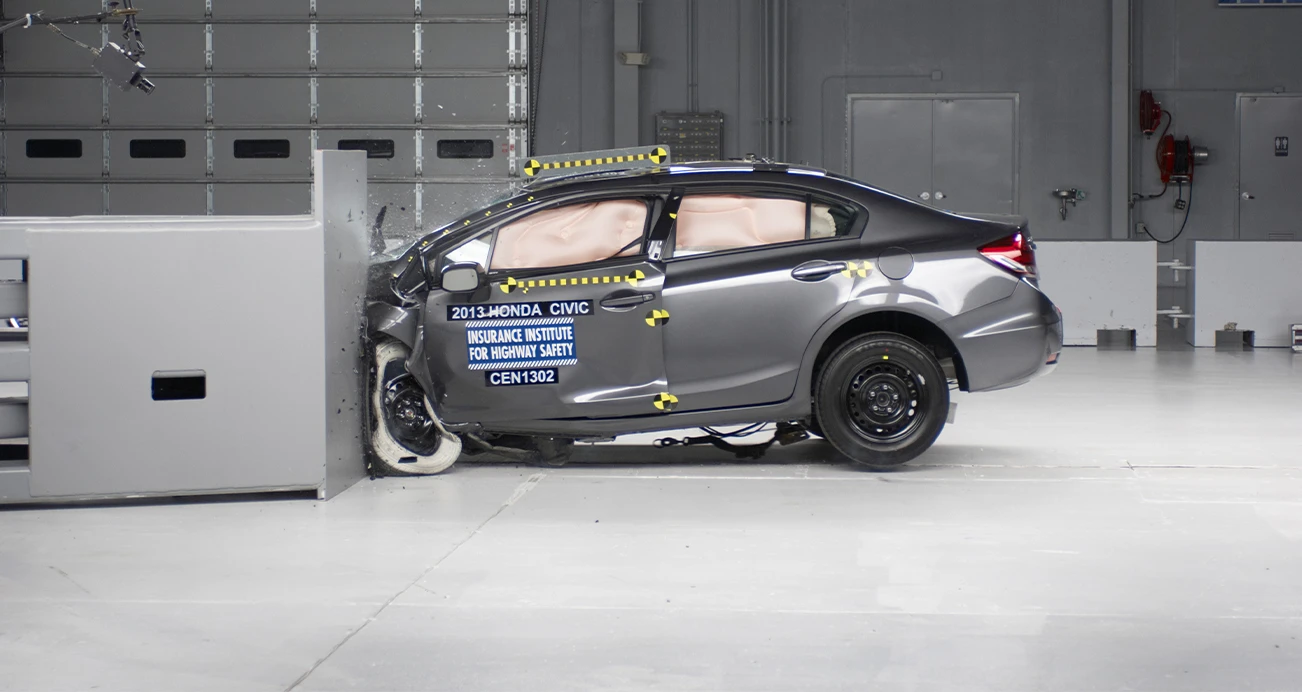
With most of a car's crumple zone protection located toward the center of the front end, the IIHS wanted to test what happens in a more offset collision. In this case, the vehicle impacts the barrier a quarter of the way in on the driver's side. The small overlap test involves a single dummy in the driver's seat, so the results let you know how well the passenger compartment holds up to the collision and how well the driver is protected during the impact.
2013: Vehicle-to-vehicle front crash prevention test introduced.
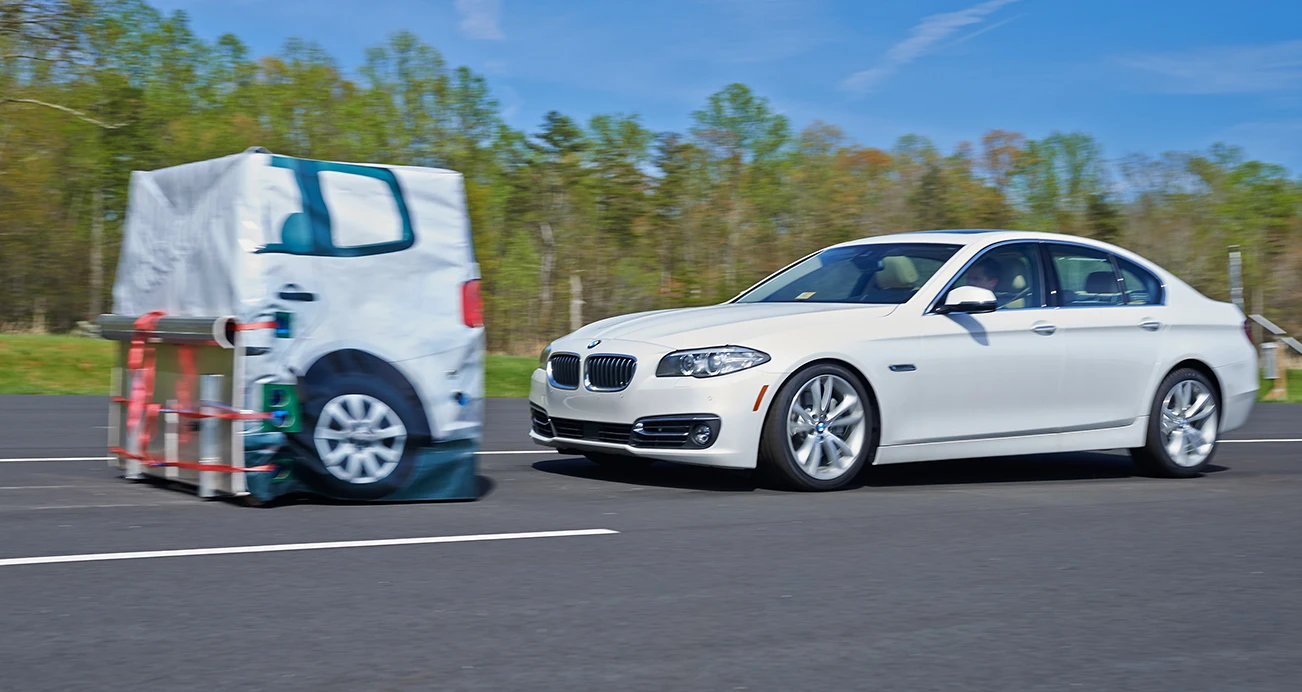
When it was added to the IIHS's roster, this test evaluated the performance of forward collision warning and automatic emergency braking systems in vehicle-to-vehicle collisions. Performed in daytime and nighttime conditions, the test evaluated whether the systems provided a warning so the driver could react and how much the vehicle was able to slow or even stop itself before impacting the dummy car.
For a lot of shoppers, these collision mitigation systems offer some additional peace of mind. Studies have shown that cars equipped with either or both of these systems are involved in fewer "front-to-rear" vehicle-to-vehicle collisions. But, especially in the early days of the technology, not every system performed equally well. The IIHS eventually discontinued vehicle-to-vehicle testing in 2022 because most new vehicles performed well during testing. If you're shopping for a slightly older car equipped with a forward collision mitigation system, this test can be an important data point to consider.
2015: LATCH evaluation introduced.
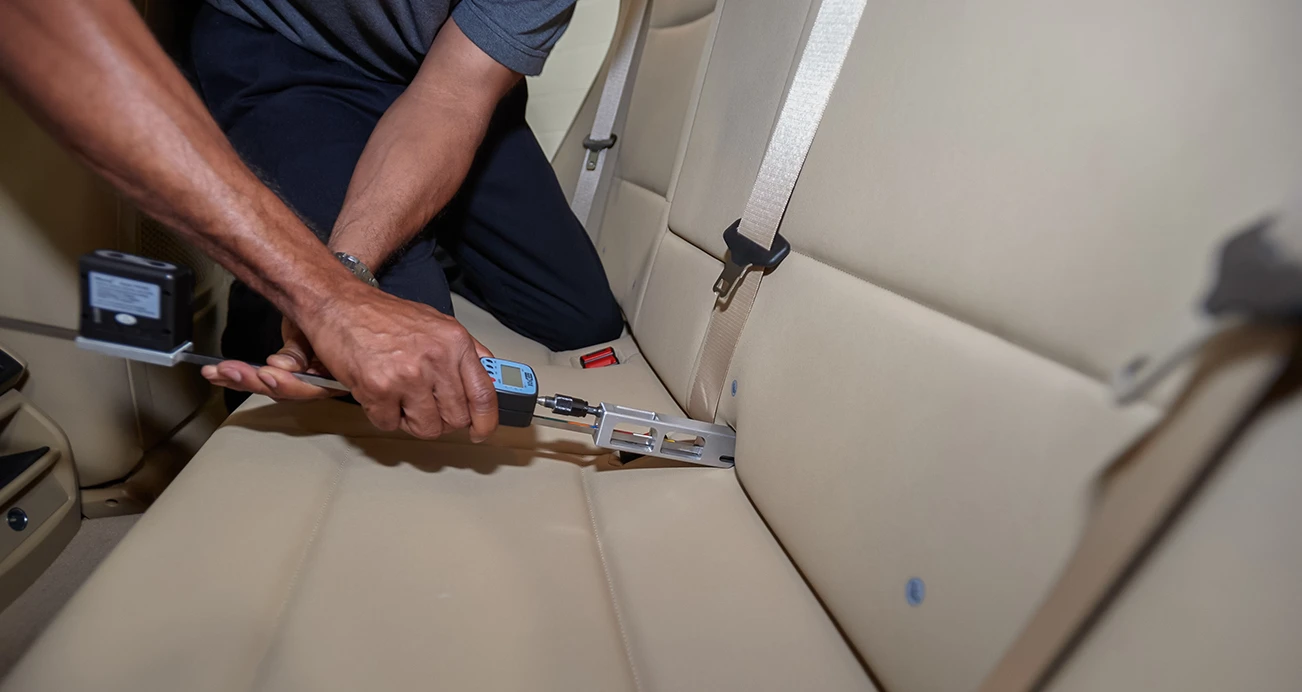
LATCH stands for Lower Anchors and Tethers for Children and refers to the sets of anchors that can be used to install child car seats in a vehicle. The IIHS's evaluation does not involve the strength or security of these anchors but rather whether the anchors meet certain standards intended to make it easier to correctly install a child seat. The evaluation includes things like how accessible the anchors are and whether they're clearly labeled. These ratings are helpful to consider if you're shopping for a vehicle in which you plan to install child seats.
2016: Headlight evaluation introduced.
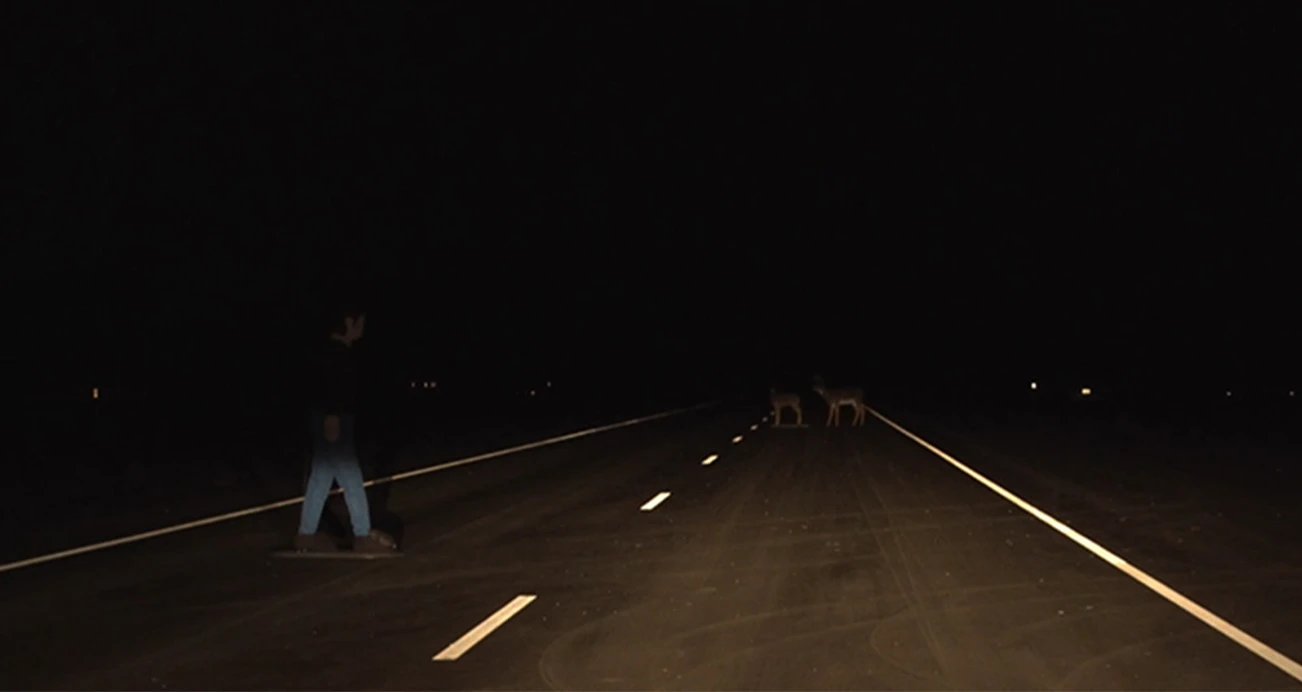
This evaluation looks at how well a new vehicle's original headlights provide illumination when driving in dark conditions, straight down the road, and around curves, for both low and high beams. Points are awarded or deducted for how headlights meet illumination benchmarks, and scoring can also be adjusted for factors such as the vehicle offering automatic high beams or the headlights creating glare for oncoming vehicles.
Both standard and optional headlights are tested and scored separately, so you'll have to check how an individual vehicle is optioned to know how its headlights performed. This test is definitely worth checking out if you do a lot of driving at night in areas without a lot of streetlights or other sources of ambient light.
2017: Passenger-side small overlap front test introduced.

Cars aren't actually symmetrical under the skin, especially in their front ends where they need to fit everything from engines to steering columns. So the IIHS started performing the small overlap test on the passenger side, but with an important difference.
The passenger-side small overlap test uses two dummies: one in the driver's seat and one in the passenger seat. This is one of the few IIHS tests that provide information about how well a vehicle protects a dummy in a position other than the driver's seat. If you frequently carry a front passenger, this test can provide helpful information.
2019: Front crash prevention vehicle-to-pedestrian test introduced.
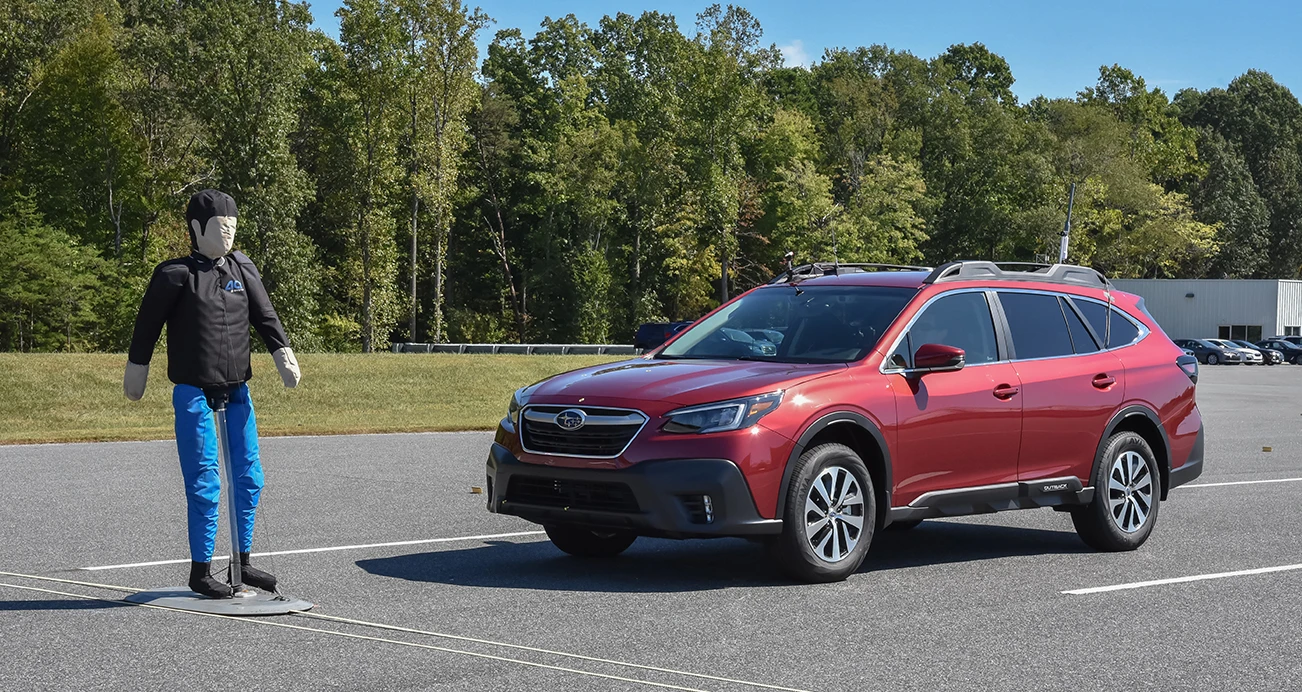
As automakers began to add pedestrian detection to their forward collision mitigation systems, the IIHS began testing whether a new vehicle warns the driver of an impending collision and how much the vehicle slowed before impacting a human-shaped dummy that crosses the road. Adult and child-size dummies are tested, and in 2022 the IIHS began testing the adult dummies in nighttime driving conditions.
While the vehicle-to-vehicle test was retired in 2022 after most new cars were performing well, the vehicle-to-pedestrian test is still being performed.
2021: Side crash test updated.
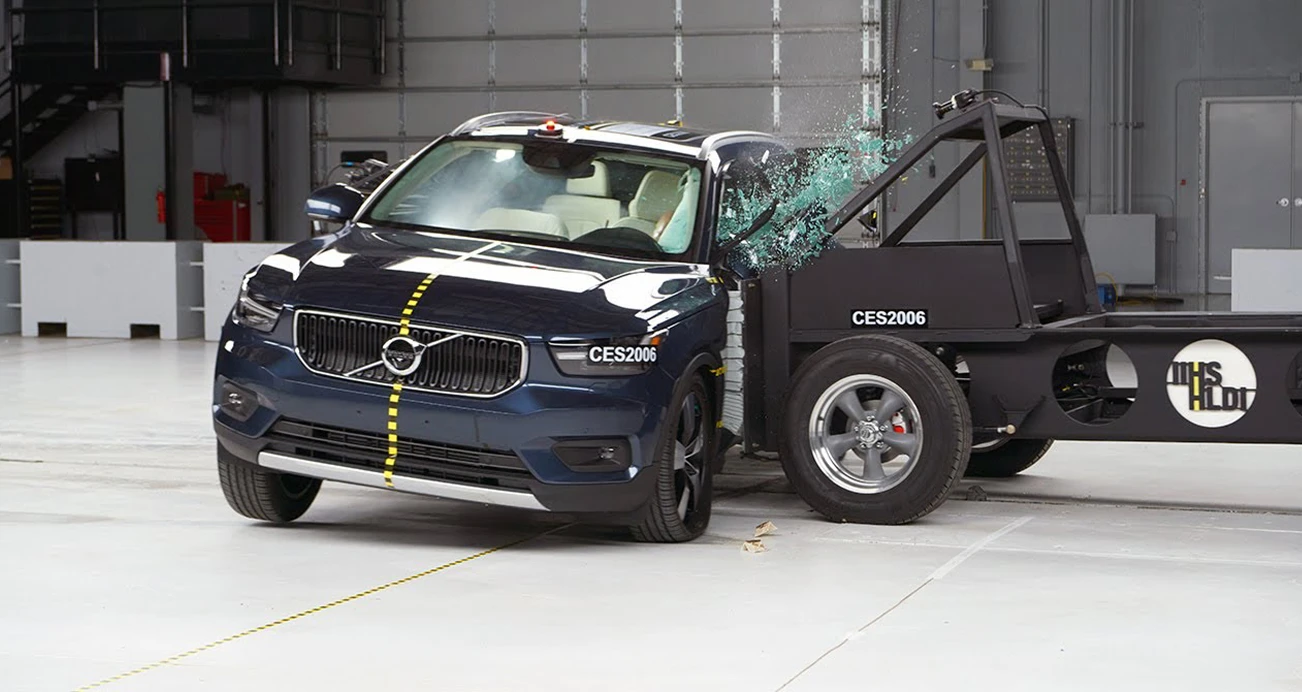
New vehicles have gotten larger and heavier on average, meaning impacts with more force and higher points of contact between vehicles. In 2021, the IIHS updated its side crash test, originally introduced in 2003, to use a heavier barrier with a taller front end moving faster than in the old test. This is intended to more accurately represent a collision from SUVs and trucks.
This update also added smaller dummies, about the size of a 12-year-old child or small woman, to the driver's seat and rear seat behind the driver. If you're a shorter driver or frequently carry rear passengers, this test can be a valuable point of reference.
When researching cars on the IIHS website, you'll find results for both the original and updated test. Only the updated version includes the new barrier and the rear passenger dummy.
2022: Moderate overlap front test updated.
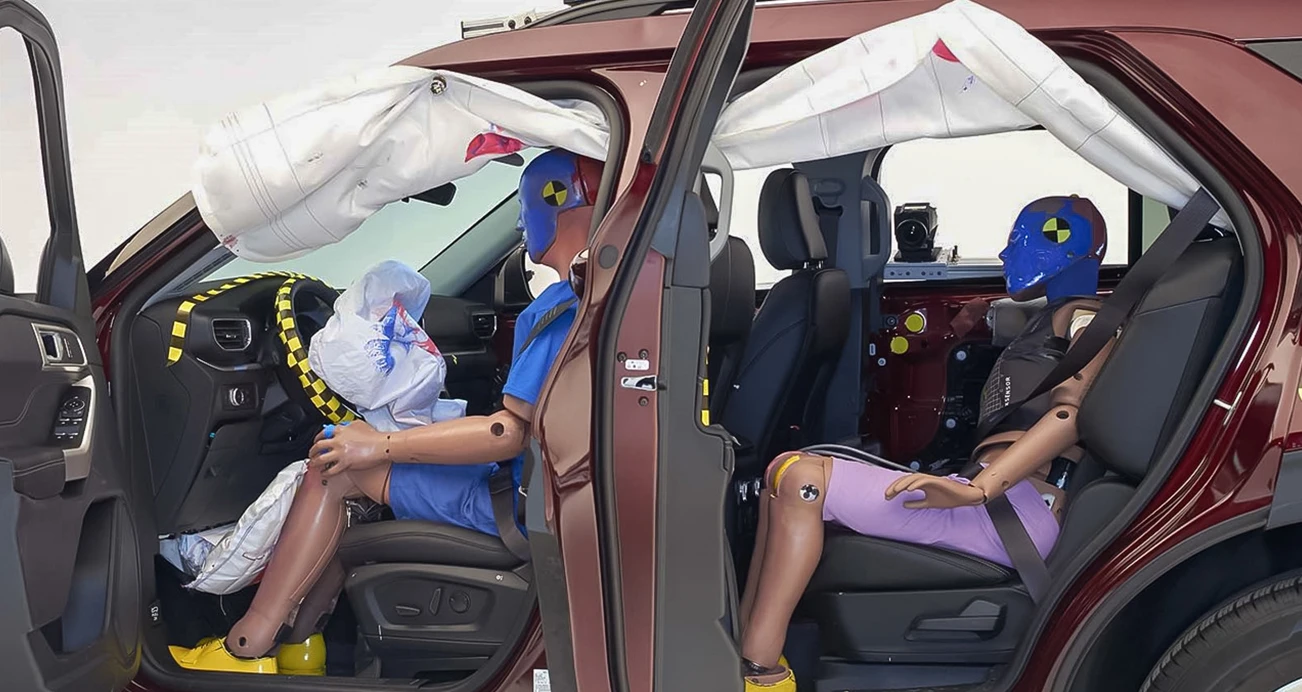
The IIHS added a smaller, child-size dummy in the rear seat behind the driver to update this test, which is one it's otherwise been performing since 1995. You'll find results for both the original and updated test on the IIHS website, but only vehicles tested with the updated moderate overlap front test include information about the rear passenger.
The updated overall score for both the updated side and moderate overlap front tests now takes into consideration how well both front and rear dummies fare in the test. That does mean a car can receive a poor overall score and still get a Good score for the driver-seat position. If carrying rear passengers isn't part of your routine, it's worth looking at the full test results—rather than just the overall score—to see the results for the areas that interest you most.
2022: Seat belt reminder evaluation added.

Another addition for 2022, the IIHS began evaluating seat-belt reminders. This test evaluates at how loud, long, and audible the reminder chime is, and how quickly it sounds. The test also checks for visual reminders for both front and rear seats.
According to the IIHS, its research found that "many'' of the drivers who don't consistently use seat belts just forget to buckle up.
You can read more about the IIHS's tests here.
IIHS Top Safety Pick and Top Safety Pick + award timeline
The IIHS gives out two awards to indicate when cars meet high standards across a range of tests, but the criteria for these awards change frequently. That means a 2017 model may get an award while a 2018 model won't even though nothing has changed about the car.
When you're comparing multiple model years of a used car, there's a chance that the model may have received awards some years but not others.
The awards also consider all the tests the IIHS performs, including things like headlight tests and seat-belt reminders. That means automakers may make small changes to a model to get it back onto the awards list if it falls off. For example, they could update the headlights or adjust something else that may not change how the vehicle performs in crash tests but helps it to meet other awards criteria.
To earn a Top Safety Pick+ (TSP+) award, a vehicle had to meet all of the Top Safety Pick (TSP) criteria, plus the additional TSP+ criteria. Starting in 2010, to qualify for a TSP award, a vehicle was required to have a Good rating in the original moderate front overlap test, original side test, the roof strength test, and the head restraint test, and to come standard with electronic stability control. The roof strength and head restraint tests were discontinued in 2022 because most new cars were performing well.
Here's how the new and updated tests described above were integrated into the awards over time, with changes in bold. New tests will often appear as a TSP+ qualification and then will move to the TSP qualification after a short time. These tests are in addition to the older tests we just mentioned.
Top Safety Pick | Top Safety Pick + | |
|---|---|---|
| New qualification criteria in bold. | Must meet Top Safety Pick criteria. New qualification criteria in bold. |
2013 | ● Moderate overlap front, original side, roof strength and head restraint tests, Good rating | ● Driver side small overlap front test, Acceptable or Good rating |
2014 | ● Driver-side small overlap front test, Acceptable or Good rating ● Moderate overlap front, original side, roof strength and head restraint tests, Good rating | ● Vehicle-to-vehicle front crash prevention test, Basic, Advanced, or Superior rating (optional equipment ) |
2015 | ● Driver-side small overlap front test, Acceptable or Good rating ● Moderate overlap front, original side, roof strength and head restraint tests, Good rating | ● Vehicle-to-vehicle front crash prevention test, Advanced or Superior rating (optional equipment ) |
2016 | ● Driver-side small overlap front test, Good rating ● Vehicle-to-vehicle front crash prevention test, Basic rating (optional equipment )● Moderate overlap front, original side, roof strength and head restraint tests, Good rating | ● Vehicle-to-vehicle front crash prevention test, Advanced or Superior rating (optional equipment ) |
2017 | ● Driver-side small overlap front test, Good rating ● Vehicle-to-vehicle front crash prevention test, Advanced or Superior rating (optional equipment )● Moderate overlap front, original side, roof strength and head restraint tests, Good rating | ● Headlight evaluation, Acceptable or Good rating (optional equipment ) |
2018 | ● Driver-side small overlap front test, Good rating ● Vehicle-to-vehicle front crash prevention test, Advanced or Superior rating (optional equipment )● Headlight evaluation, Acceptable or Good rating (optional equipment )● Moderate overlap front, original side, roof strength and head restraint tests, Good rating | ● Passenger-side small overlap front test, Acceptable or Good rating |
2019 | ● Driver-side small overlap front test, Good rating ● Vehicle-to-vehicle front crash prevention test, Advanced or Superior rating (optional equipment )● Headlight evaluation, Acceptable or Good rating (optional equipment )● Passenger-side small overlap front test, Acceptable or Good rating ● Moderate overlap front, original side, roof strength and head restraint tests, Good rating | ● Passenger-side small overlap front test, Good rating |
2020 | ● Driver-side small overlap front test, Good rating ● Vehicle-to-vehicle front crash prevention test, Advanced or Superior rating (optional equipment )● Headlight evaluation, Acceptable or Good rating (optional equipment )● Passenger-side small overlap front test, Good rating ● Vehicle-to-pedestrian front crash prevention test, Advanced or Superior rating (optional equipment )● Moderate overlap front, original side, roof strength and head restraint tests, Good rating | ● Headlight evaluation, Acceptable or Good rating (standard equipment) |
2023 | ● Driver-side small overlap front test, Good rating ● Headlight evaluation, Acceptable or Good rating (standard equipment) ● Passenger-side small overlap front test, Good rating ● Vehicle-to-vehicle front crash prevention test, Advanced or Superior rating for daytime ● Updated side test, Acceptable or Good rating ● Moderate overlap front, Good rating | ● Vehicle-to-pedestrian front crash prevention test, Advanced or Superior rating for daytime and nighttime ● Updated side test, Good rating |
NHTSA tests
The National Highway Traffic Safety Administration, or NHTSA, is a government agency that began crash testing cars in 1978. The NHTSA doesn’t just test cars, they set safety standards for new cars. Manufacturers must certify that every new vehicle they build meets or exceeds the Federal Motor Vehicle Safety Standards set by the NHTSA.
In 1993, NHTSA's New Car Assessment Program (NCAP) created the 5-Star Safety Ratings program to provide consumers with information about the crash protection and rollover safety of new vehicles. NHTSA last implemented a major update for its well-known 5-Star Safety Ratings in 2011 and is planning another overhaul for the near future. Part of the logic for keeping its testing consistent for so long was to make it easier to compare vehicles from different model years.
For a used-car shopper, NHTSA's consistency makes it easier to compare any vehicles you may be researching. Its front and side crash tests have also consistently employed dummies in passenger positions. But the agency's side crash test uses a lighter moving barrier than the updated IIHS test, making it less like an impact from the average new vehicle.
In terms of collision mitigation technology, NHTSA tests lane departure warning in addition to forward collision mitigation features. It offers a "pass or fail" grade for each system based on whether it meets the agency's performance criteria.
You can likely expect that the upcoming NHTSA test updates will reflect modern vehicle trends, like increases in size and weight, and the continuing adoption of driver aids.
You can read more about NHTSA's tests here.
Conclusion
Car crash safety ratings can be an important source of information as you pick your next used car. As you look for the information most relevant to your lifestyle, it's important to understand how tests have changed and how those changes impact the information you can find for the vehicle's you're researching. When you test drive a car, give yourself a moment to review the safety features that contribute to a vehicle's safety rating, so you're familiar with all the tools that your next car has.
